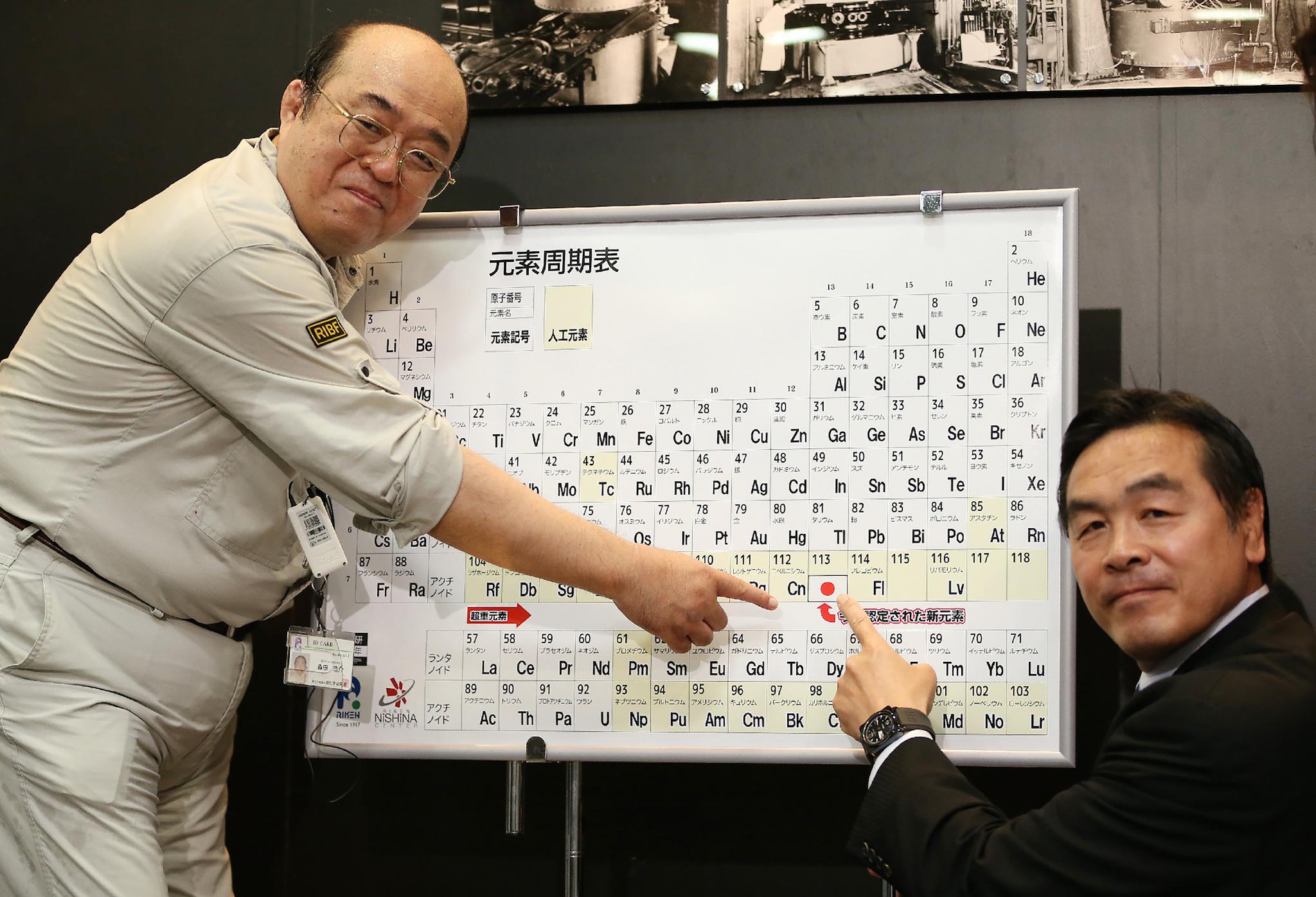Periodic table officially expands to make way for four brand new elements
All the new additions are synthesised in labratories

Your support helps us to tell the story
From reproductive rights to climate change to Big Tech, The Independent is on the ground when the story is developing. Whether it's investigating the financials of Elon Musk's pro-Trump PAC or producing our latest documentary, 'The A Word', which shines a light on the American women fighting for reproductive rights, we know how important it is to parse out the facts from the messaging.
At such a critical moment in US history, we need reporters on the ground. Your donation allows us to keep sending journalists to speak to both sides of the story.
The Independent is trusted by Americans across the entire political spectrum. And unlike many other quality news outlets, we choose not to lock Americans out of our reporting and analysis with paywalls. We believe quality journalism should be available to everyone, paid for by those who can afford it.
Your support makes all the difference.The periodic table is now just a little bit bigger.
Perhaps the most fundamental chart in all of science officially has four extra elements listed. The new elements have now been given official names and will be included in the grid.
The four new elements include nihonium, the first ever to be found by Japanese scientists.
That element – which until recently was referred to to as 113 – got its proper name from the word for Japan in Japanese – 'nihon', literally 'the land of the rising sun'.
"The element, named for the first time by Japanese and in Asia, will occupy a place in the periodic table - an intellectual asset of mankind," Kosuke Morita, who led the team that created the element, said in a statement.
Two of the other three new elements take their name from a place. The other gets its from a pioneering scientist.
The periodic table, pored over by science students the world over, arranges chemical elements in the order of their atomic number.
Some elements, such as hydrogen, carbon or magnesium, are found in nature while others, including nihonium - official symbol Nh - are synthesised in laboratories.
All the discovered elements after 104 are synthetic ones produced through laboratory experiments.
Tradition dictates that newly discovered elements be named after a place, geographical region, or scientist, according to the International Union of Pure and Applied Chemistry (IUPAC), which made the announcement on the names Wednesday.
A joint team of Russian and US scientists named element 115 moscovium - symbol Mc - after the Russian capital, where much of the relevant research was conducted.
For similar reasons, they also named element 117 tennessine - symbol Ts - after the US state of Tennessee.
The third one they discovered, element 118, was named oganesson - symbol Og - in homage to Russian nuclear physicist Yuri Oganessian, in recognition of his "pioneering contributions" in elements research.
North Carolina-based IUPAC said that the names were officially accepted after a 5-month public review period.
"The names of the new elements reflect the realities of our present time," IUPAC president Natalia Tarasova said on its website, citing the "universality of science" as well as "the pivotal role" of Oganessian.
With the latest discoveries, the periodic table is now complete down to the seventh row.
Underscoring the importance of the discoveries, the scientists behind the four new elements had been seen as strong candidates for this year's Nobel Chemistry Prize.
Japan has a proud research tradition and its citizens have won about 20 Nobel prizes in science and medicine, including Yoshinori Ohsumi who won the Nobel Medicine Prize this year.
Additional reporting by AFP
Join our commenting forum
Join thought-provoking conversations, follow other Independent readers and see their replies
Comments